19th Century
In Europe instrument manufacturers develop the pianoforte instrument to a high standard, and the instrument accessible to all. At the same time, the piano plays, in its many forms, a dominant role. For composers, it is the medium to convey voice and feeling. For piano players, it enriches life with family and friends, For music lovers, listening to piano music means joy and relaxation. Music and pianos belong to daily life.
1800
The manufacturing of pianos develops into an important economic factor in Germany, Austria and England. Pianos and grand pianos are no longer made in small workshops as of the 19th century, but in large factories, using state of the art machines. Only with the help of special tools, is it possible to produce the many small mechanical parts of the playing mechanism in large quantities and with accuracy. The piano brings joy to musicians at the far corners of Europe as well as in North and South America. Piano manufacturing can hardly cope with demand.
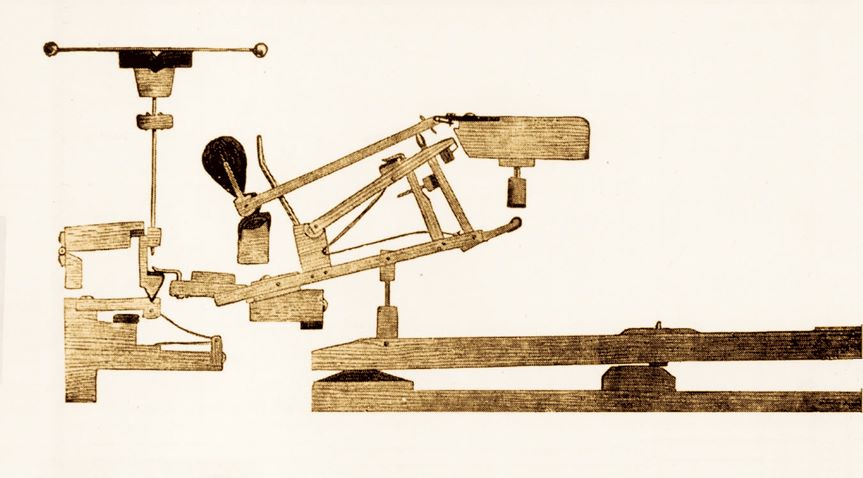
1808
The Parisian piano craftsman Sébastien Érard from Elsass (Germany), makes an imperial discovery, which is patented in 1822: a grand piano mechanism with the so-called “double repetition” mechanism. It allows the repetition of a tone without needing the keys to return to their initial positions. The improved mechanism allows to generate more power and durability of the tone needed in the ever-increasing larger salons. Up to now, the grand piano mechanism is built to this principle.
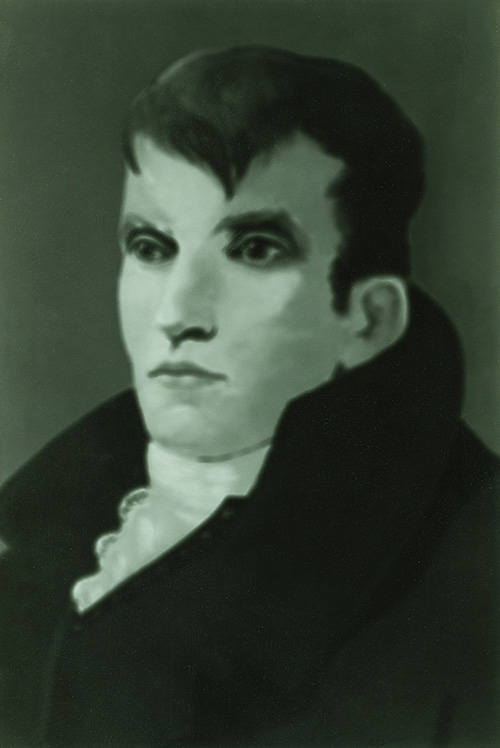
1819
The history of the Sauter piano begins in 1819 in Spaichingen (Germany), a small town in southern Germany. Johann Grimm here builds his first square piano after studying at the famous Streicherschen workshop, cultural craftsmanship of piano building. He conveys his knowledge to his nephew Carl Sauter, who carries on the tradition of high craftsmanship of building pianos.
1820
As Peter Strunz in 1820 establishes his company, pianofortes as well as cembalos, clavichords and spinets are are built in great quantities. Peter Strunz buys his first saw and begins the production of sound boards for musical instruments. This oldest company in the tonal wood business of the bohemian forest is extended by generations of the Strunz family to the internationally recognized “Holzwerke Adolf Strunz”. As of 1945 the great-granddaughter of the founder, together with her husband Carl Hilz, rebuild the company in Bavaria not far from the former home in Neuhütte and as of 1950 in Pocking (Germany). In 1990 the company operates a new, modern factory. Since 1995, Thomas Hilz, the sixth generation, manages the company.
1823
Martin Andreas Laukhuffs founds in 1823 his own factory. His son, August, produces organs as well as metal pipes for other organ builders giving the deciding input for specialization in organ components. From 1993, the two other sons Otto and Wilhelm lead the firm through a difficult period in the war between 1939 and 1945 to successful reconstruction. In the year of the 170th jubilee, the company in Weikersheim (Germany) delivered the largest organ in Europe for the Stiftsbasilika of Waldsassen. Also the manufacture of piano components plays a increasing part of the company. Today, Laukhuff products are found all over the world and are respected by leading organ builders and pianoforte builders.
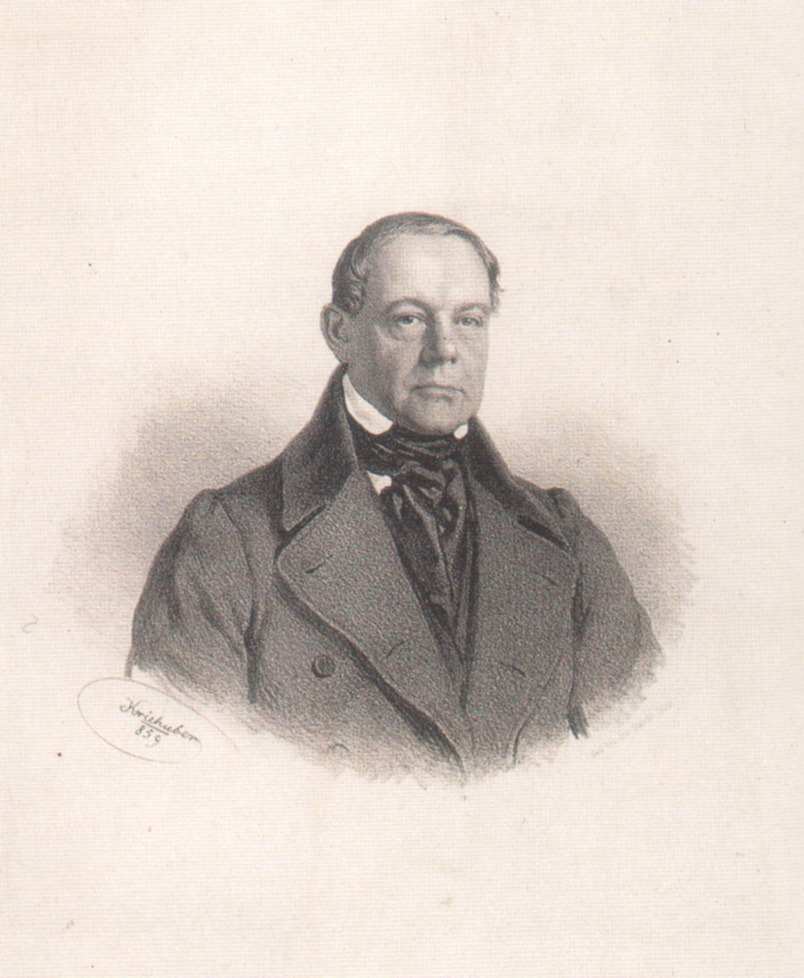
1828
Ignaz Bösendorfer, born in 1794 in Vienna to the son of a master carpenter, learns the craft of piano building under Joseph Brodman. At 34 years of age, he takes over his instructor’s workshop with 500 gulden of seed capital. On 25 July 1828, the date Ignaz Bösendorfer registers his trade as a piano maker in Vienna, the Bösendorfer Piano Company is born. Developing his instruments, he is orientated by the warm sound of the stringed instruments whilst simultaneously amplifying the volume of the sound. When Franz Liszt praises the perfection of Bösendorfer instruments and these bear up against his vivid playing technique, “Bösendorfer” becomes famous overnight. The full, singing and also carrying sound in the bass register finally becomes a trademark. In 1839, the company founder is appointed as piano maker to the Imperial and Royal Hapsburg Court by Emperor Ferdinand I. In 1858, a year before his death, he is named supplier by appointment to the emperor. Word of such noble quality travels quickly. Export to Europe and overseas flourishes.
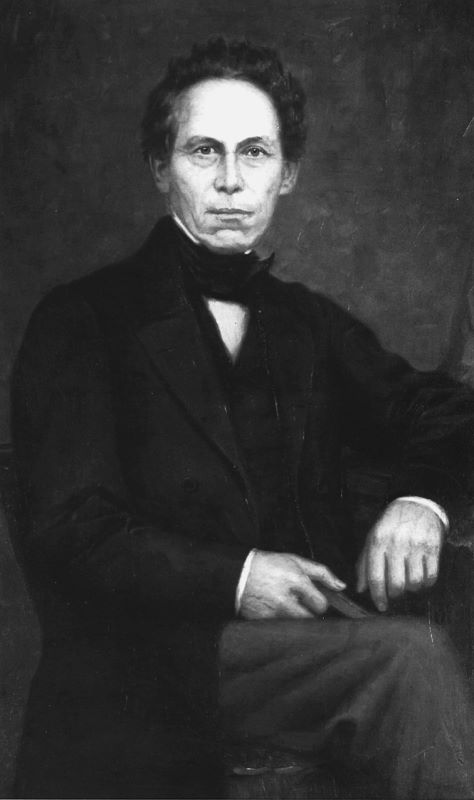
1830
In 1830, Friedrich Grotrian, having been born in 1803 in the Duchy of Braunschweig, leaves Germany and travels as a music merchant to Moscow. The city flourishes and attracts many artists, such as Clara Schumann, Franz Liszt and Arthur Rubinstein. Friedrich Grotrian maintains close contact to the pianists of that time and has an unmistakeable sense of what type of sound the artists are looking for in an instrument. Therefore, he begins to build pianos. Pianos that are adored by artists. When Friedrich Grotrian returns to the Braunschweig area in 1856, he makes the acquaintance of Theodor Steinweg who is running the piano factory that his father had founded in Seesen in 1835, which in the meantime had relocated to Wolfenbüttel. In 1858, Friedrich Grotrian becomes Theodor Steinweg’s partner and both of them relocate the business from Wolfenbüttel to Braunschweig. With the partnership, Friedrich Grotrian establishes a family tradition with its entrepreneurial roots dating back to 1835. Before Theodore Steinweg follows his father to America in 1865, he sells his share of the business to the Grotrian family and two other business partners. After the death of one of the other two associates, Wilhelm Grotrian, the son of Friedrich Grotrian, who had meanwhile attained full age, buys out the remaining partner. From that time on, the Grotrian family become the sole owners of the company. Now, Wilhelm Grotrian sets about realising his own acoustical concepts: To convey the beautiful and singing sound of the stringed instruments to the conditions relating to an upright and grand piano. This ideal continues to determine developments within the Braunschweig piano factory to this day, following the motto that Wilhelm Grotrian bestowed unto his sons when they entered the business: “Lads, build good pianos, then everything else will take care of itself.”
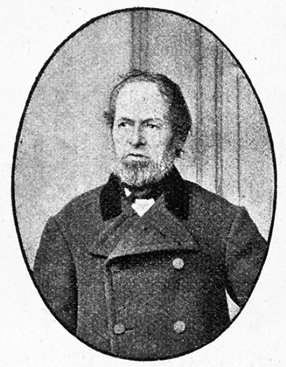
1834
The tradition of Ferdinand Thürmer’s pianoforte factory begins in 1834 in Meißen (Germany). The founder E.W.F. Thürmer from Zittau (Germany) learns piano craftsmanship in southern Germany and Switzerland. In 1862, his son Gustav Adolf Ferdinand Thürmer takes over after an extensive education from his father and in the house of Blüthner. His sons Ferdinand III and Hugo follow him, with the company winning many awards under their leadership and becoming the court suppliers of the King’s widow Carola von Sachsen (1905), the Grand Duke of Sachsen-Weimar (1906) and the Grand Duke of Hessen (1908).
1840
Piano building in Europe exists in many forms. Numerous small manufactures are experimenting. The Giraffe and Pyramide pianos belong to the past, as do the portable small instruments. However, the traditional “Flügel (grand)”, with its shaped inherited from the harpsichord, is built as well as the vertical pianos (uprights) and the traditional square pianos. Artists such as Clara Schumann or Frédéric Chopin prefer the smaller uprights to the grand piano for smaller rooms. The square piano remains in central Europe until the end of the century.
1845
The history of the Rönisch brand name begins in 1845 in Dresden. In a modest workshop, Carl Rönisch builds the first pianos that carry his name. The founder belongs to the pioneer piano manufacturers of his time. In 1866, his creativity is crowned by the breakthrough invention of a cast-iron frame with five struts, which completely cover the pin block. The stability achieved across the entire resonating body makes use of high-strength steel strings possible, which could clearly be strung at much higher tension. World fame is achieved, having been awarded first prize at the international trade fairs in Sydney, Amsterdam, Melbourne, Chicago, Paris and having been named supplier by appointment to the royal courts of Saxony, Sweden-Norway, Spain, Austria-Hungary and the Tsar of Russia. The success encourages Carl Rönisch to found a further production facility in St. Petersburg.
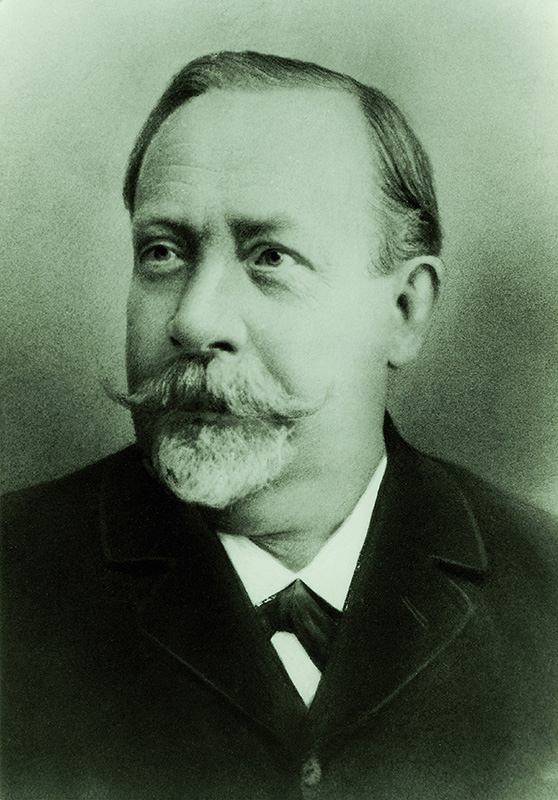
1846
Carl Sauter I, the nephew of the company founder, changed his workshop into a factory and attended to technical improvements in piano manufacturing. After the early death of Carl Sauter I, his son, Johann Sauter succeeds him and shifts his focus from building square pianos to contemporary forms of the instrument.
1847
Friedrich Heutelbeck establishes in 1847 a company producing piano components. 25 years later he is joined by his son-in-law Julius Klinke, whose pioneering spirit, for mass production builds in the late 19th century the basis for the future development of the company. After the first world war, Alexander Klinke, the grandson of the founder, expands the production program to all forms of screws. The rebuilding after the second world war begins with Klaus Klinke. Today, Klinke is located in Neuenrade (Germany), and also produces under the brand name ‚Diamant'. Their tuning pins and other components are found in good pianos all over the world.
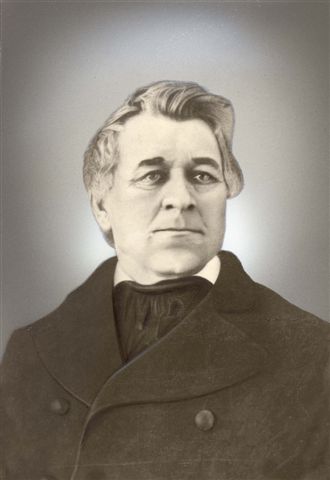
1849
Seiler is founded in 1849 in Silesian Liegnitz by the piano maker, master carpenter and pianist, Eduard Seiler. When his son, Johannes Seiler, takes over operations in 1875, he already has several spacious production facilities. Since 1892, Seiler is the largest pianoforte factory in East Germany.

1852
Eduard Steingraeber established in 1852 the pianoforte factory Steingraeber & Söhne in Bayreuth (Germany), having worked before with Nannette Streicher in Vienna. Within two decades, the company becomes the biggest and most successful piano factory of Bavaria. In 1871, in preparation of the future Bayreuth festival, a historic Rokkoko palace is inherited and a famous music salon established in 1754. As innovative piano builder, Eduard Steingraeber is accredited in Paris in 1867 and develops international contacts.
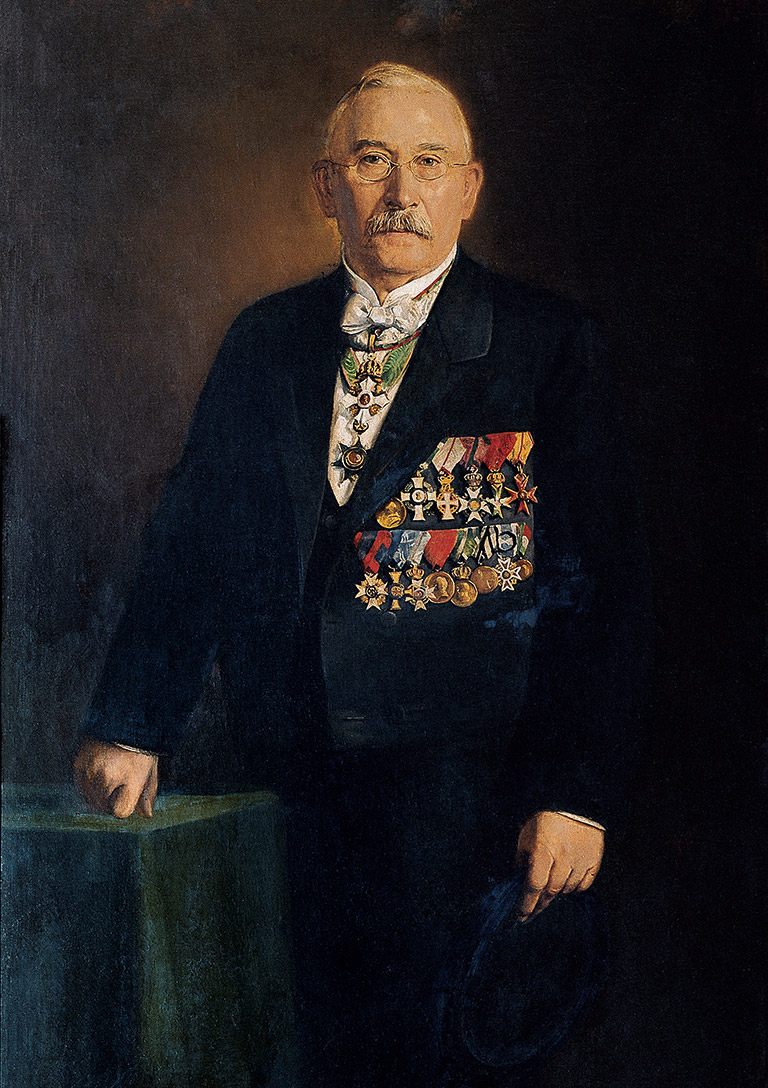
1853
In Leipzig (Germany), Julius Blüthner begins to build instruments in 1853. His uprights and grand pianos are famous for their warm and vocal tone. Next to the development of its own playing mechanism becoming famous for its smoothness, the improvement and development of the tonal characteristics of his instruments is important to Blüthner. In 1872, Blüthner and Gretschel publish their groundbreaking and systematic exercise book “the Building of the Pianoforte” – the standard work up to the 20’s.
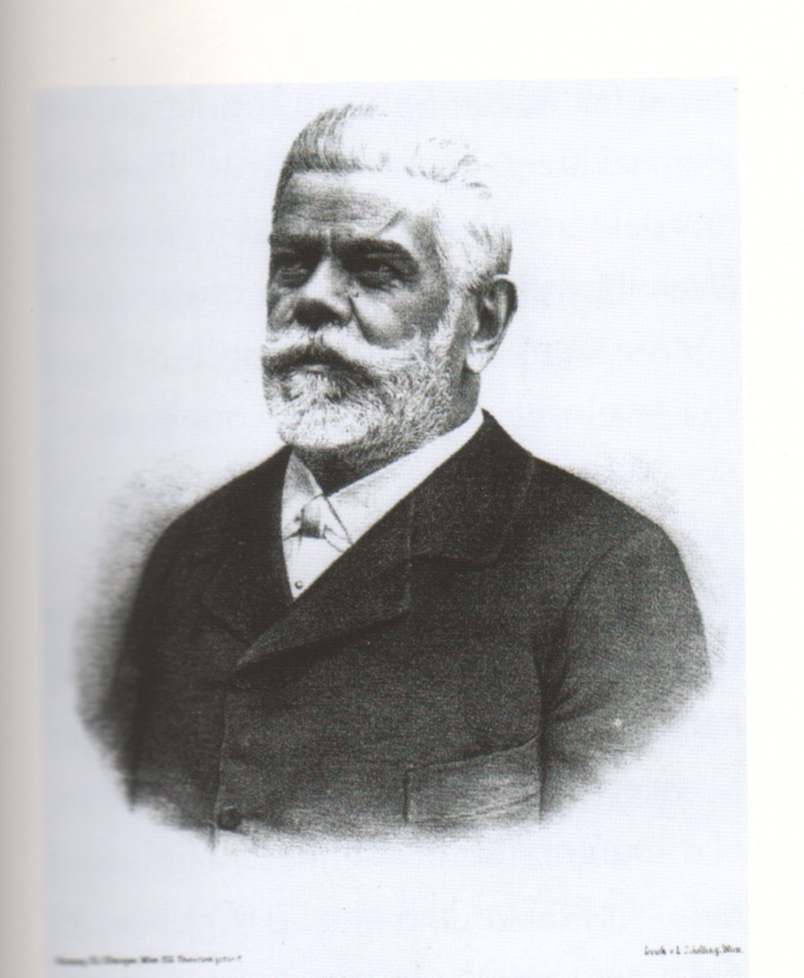
1859
After the death of the highly respected company founder of the Bösendorfer Piano Factory, his son, Ludwig, leads the factory according to his father’s principles, supplies major customers, distinguishes his company at world exhibitions, maintains friendships with artists and, as a generous patron of the arts, founds the Bösendorfer Piano Competition in 1889. In 1860, in Wieden, the 4th district of Vienna, new business premises are established that end up being too small only ten years later. As of 1870, the factory is located in Graf Starhemberg Gasse 14 in New Vienna, where the company has its headquarters until 2010. Toward the end of the 19th century, grand pianos from the Bösendorfer factory have been built for the court of the emperor, for Emperor Elisabeth, for Emperor Eugenie of France, the emperor of Japan, the Tsars of Russia and other prominent public figures.
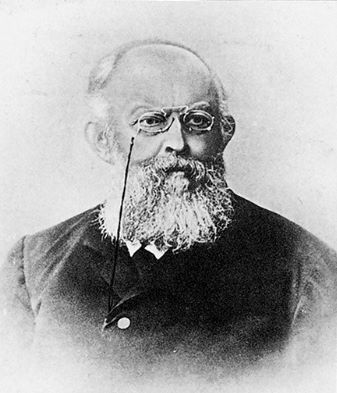
1859
August Förster starts in 1859 in Löbau (Germany) with the production of pianos. A blooming family enterprise grows, which sees a difficult new start after the first world war with the third generation of Gerhard and Manfred Förster. With the ‚Electrochord', an electronic amplified grand piano without a sound board, using the idea of the physician Oskar Vierling, in 1933 Förster moves towards technology that is used 50 years later in electronic pianos.
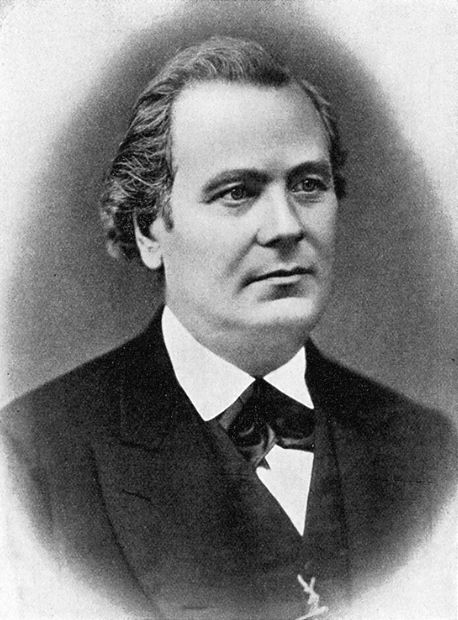
1862
Joseph Anton Pfeif(f)er opens in Stuttgart (Germany) the grand piano and upright factory J.A. Pfeiffer, whose instruments quickly gain respect from specialists the world over, letting the company expand. From his children, including three piano craftsmen, Dr. Carl A. Pfeiffer takes over. Due to his initiative and generosity, his keyboard instruments, and models of action assemblies can be found in the musical instrument department of the German Museum in Munich (Germany) and the Württemberg State Museum in Stuttgart (Germany).
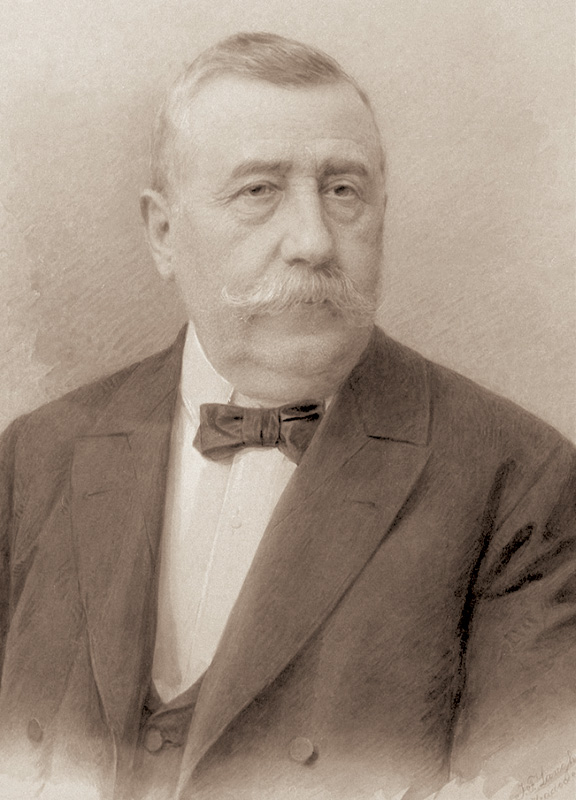
1864
Antonin Petrof, born in 1839, is definitely one of greatest historical figures in the Czech music scene. As an offspring of a carpenter family, he makes the decision at 18 years of age to learn the craft of piano manufacturing at various piano factories in Vienna. Young Antonin Petrof considers piano manufacture a career opportunity offered once only in a lifetime. In 1864, when basics of building grand and upright pianos are familiar to him, he returned home to Hradec Králové where he transforms his father’s furniture workshop into a workshop for piano manufacture. Here, in a building situated near the large cathedral of Hadrec Králové, his first concert grand piano built by hand comes into being in 1864. When the square piano becomes passé in the early 1880s, Antonin Petrof begins to produce pianos. His early Petrof instruments are of such exemplary quality that Petrof is named the “Austrian-Hungarian Empire’s Official Piano Provider” in 1899.
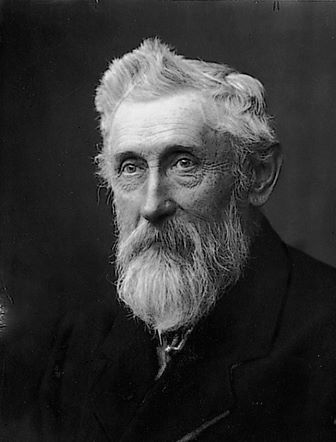
1868
Johann Christoph Neupert opens in Münchberg (Germany) his own piano factory. In 1874 he moves to the larger town of Bamberg (Germany). Already at that time he was interested in the history of the piano. One of his historical collections of keyboard instrument builds the foundations for his sons to construct the first Neupert harpsichord and to introduce this in 1906 to the musical world. In the third generation of the family, the Neupert instruments have world success, supported by the scientific work of Hanns Neupert and the "Musically Historic Collection of Neupert".
1876
In 1876, Hermann Kluge founds a company to manufacture keyboards for grand pianos and uprights. As the grandson of the founder, Albert Narath, celebrates the 75th anniversary of the company, Kluge is one of the most dynamic suppliers of the German piano industry after the Second World War.
1878
Julius Blüthner patents the “Aliquot” system, which allocates a fourth free swinging string to the treble section in his grand pianos, in order to amplify the higher tones. Blüthner therefore goes back to a principle used in the Dutch harpsichords and pianofortes of Bartolomeo Cristofori. 100 years later, the “Aliquot” system is again optimized by his great grandson Ingbert Blüthner-Haessler.
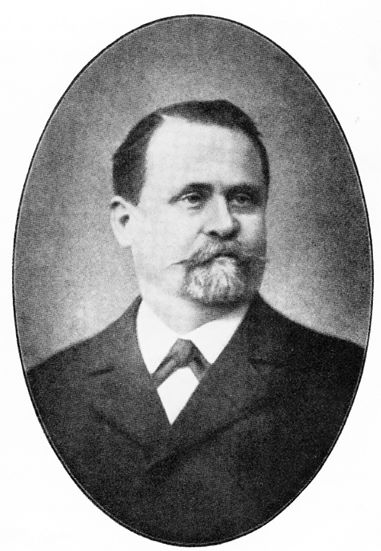
1882
Louis Renner, a perfectionist, begins in 1882 in Stuttgart (Germany) with the production of action mechanisms for uprights and grand pianos. At the start of the 20th century, his company belongs to the first to the use of electric power for driving machines, a pioneer with a large impact. Products at high standards, sophisticated production techniques and satisfied customers throughout the world; this is what the Stahl- und Drahtwerk Röslau GmbH has stood for since its foundation in 1882 by the Bongardt brothers from Hagen-Hohenlimburg/Westphalia. The quality philosophy practiced is the foundation upon which products with reliable features and consistent quality rest.
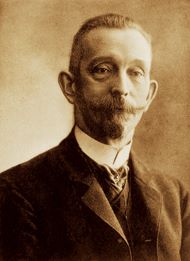
1885
When Wilhelm Schimmel builds his first piano in Stötteritz near Leipzig in 1885, he is not aware that his company would be a leading European piano factory 70 years later. The motto he lives by, “quality prevails!” quickly leads the company to success: Wilhelm Schimmel already builds his own production facilities for the first time in 1895. Receiving first prize at exhibitions and being appointed to court supplier by various kings and dynasties are apparent signs of success and recognition of the company founder’s personal achievements. The management of the company is handed down to his son, Wilhelm Arno Schimmel, during a time of economic unrest. At this time, the company is relocated to Braunschweig where the company successfully carries on the tradition, which was initiated in Leipzig.
1893
When Carl Rönisch dies in 1893, the company founder’s sons, Albert and Hermann Rönisch, succeed him. During this time, Rönisch already manufactures pianos for Ludwig Hupfeld, who has been building self-playing pianos since 1886. Ludwig Hupfeld is a brilliant designer. His diverse self-playing instruments are the basis for his extraordinary success. In 1904, he converts his company into a public company. In 1910, a new factory is established in Leipzig-Ehrenberg in which up to 2000 people were employed during peak periods. During this prosperous period, the Carl Rönisch Piano Factory is taken over. Carl Meyne establishes a company that moves into the mass supply of components and tools for grand pianos and uprights in the third generation in the middle of the 1950’s. The focus to the needs of piano technicians and piano dealers is the basis for the company.
1893
Carl Meyne establishes a company that moves into the mass supply of components and tools for grand pianos and uprights in the third generation in the middle of the 1950’s. The focus to the needs of piano technicians and piano dealers is the basis for the company.

1895
1895 is also the year in which Wilhelm Grotrian transfers part ownership of the company ‚Grotrian, Helfferich, Schulz, Th. Steinweg Nachfolger' to his sons Kurt and Willi Grotrian. Eight years later, Willi Grotrian develops his famous small piano and concentrates on the production of this instrument. Kurt Grotrian makes business connections all over the world.